Imagine standing at the edge of a tranquil northern lake, watching a patch of green land drift silently across the water. It looks like a mirage—a chunk of forested earth gliding where only boats should roam. But this is no illusion. Floating islands are one of nature’s most astonishing tricks, and their mysterious lives are full of resilience, surprises, and scientific wonder. These rare, living landmasses challenge everything we think we know about what an island can be, and their stories ripple with secrets about life, survival, and the wild creativity of nature.
The Marvel of Floating Islands

Floating islands are not just scenic oddities; they are living ecosystems, untethered from the solid ground beneath. These islands form when dense mats of vegetation, roots, and organic debris break free from the shoreline and begin to drift. Unlike the static islands we’re used to, these wanderers can shift positions with the wind and waves, sometimes traveling significant distances over a year. Their ability to stay afloat and even thrive despite constant movement captures the imagination of scientists and nature lovers alike. Floating islands challenge our basic assumptions about geography and stability, and their existence inspires fresh questions about what it means for land to be “alive.”
How Floating Islands Form
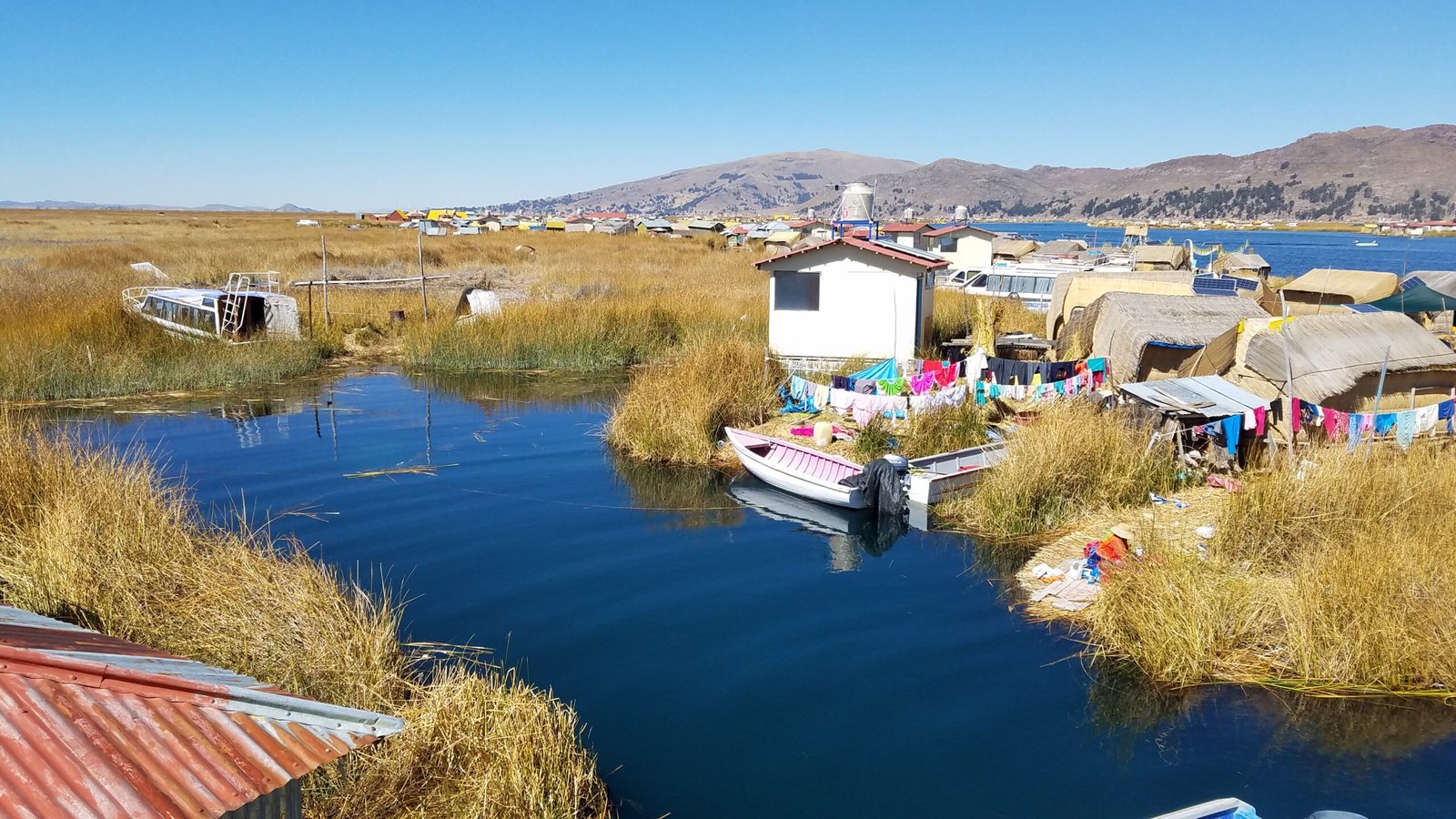
The birth of a floating island often begins in the quiet corners of a lake where thick vegetation flourishes. Over time, layers of plant material and soil pile up on the water’s surface, forming a dense mat. Heavy rainfall, erosion, or even the activity of animals like muskrats can eventually break this mat away from the shore. Once detached, the intricate network of roots and plant stems acts like a life raft, keeping the island buoyant. The process can take years or even decades, resulting in islands that range from a few square feet to several acres in size. Each floating island tells a story of slow, patient construction powered by the relentless force of nature.
The Secret to Staying Afloat
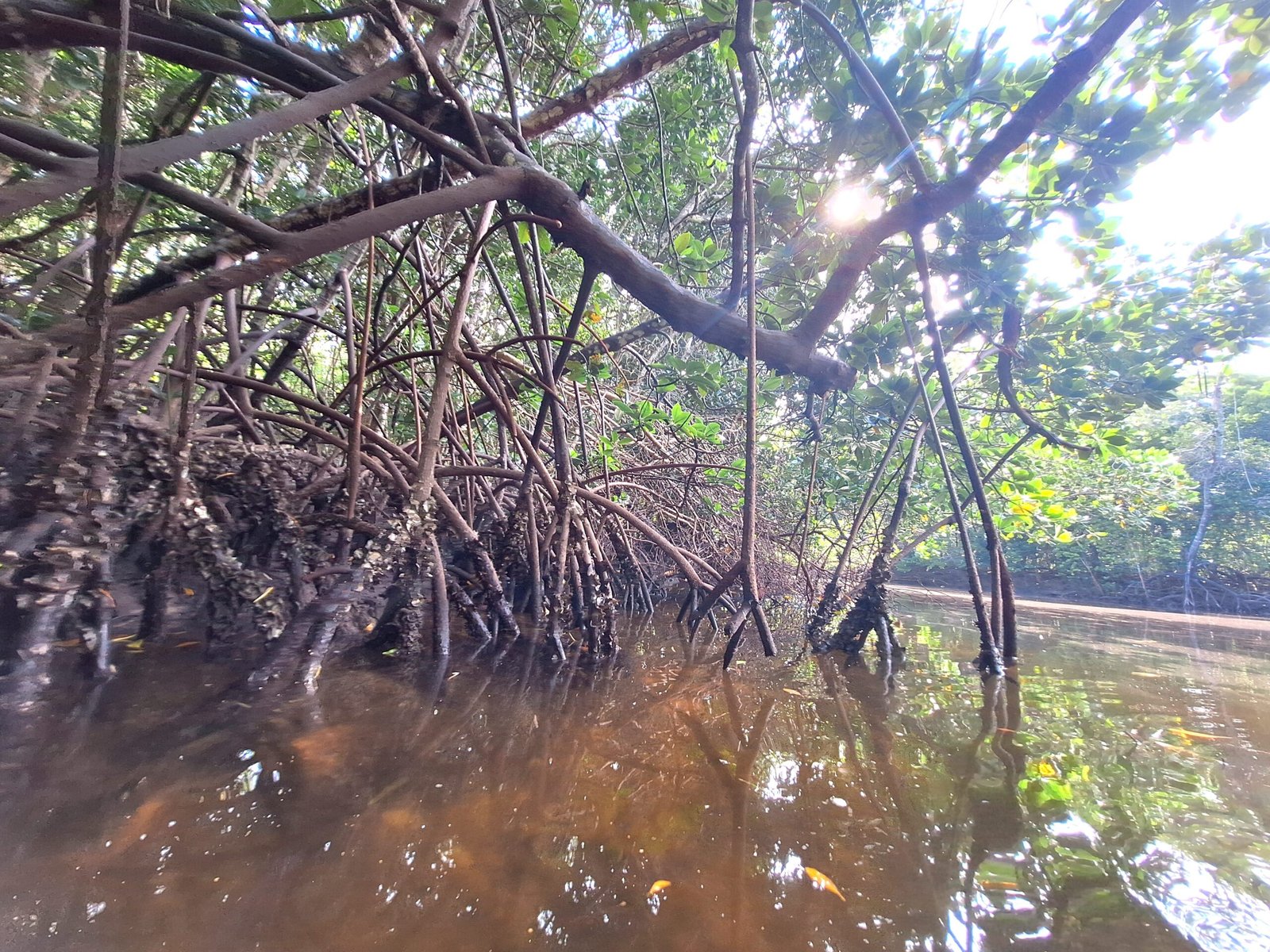
The key to a floating island’s survival is its structure. Interwoven roots and plant matter create a spongy, flexible base that traps pockets of air. This natural buoyancy keeps the island above water, much like a giant sponge or a raft made of logs. In some northern lakes, peat moss plays a starring role—its fibers are remarkably water-resistant and slow to decay, adding long-term stability. The plants above the surface act as both anchors and sails, using their roots to hold the island together while their stems catch the wind, pushing the island from place to place. This living architecture is both delicate and incredibly tough, allowing the island to survive storms and seasonal changes.
Wildlife Finds a Safe Haven
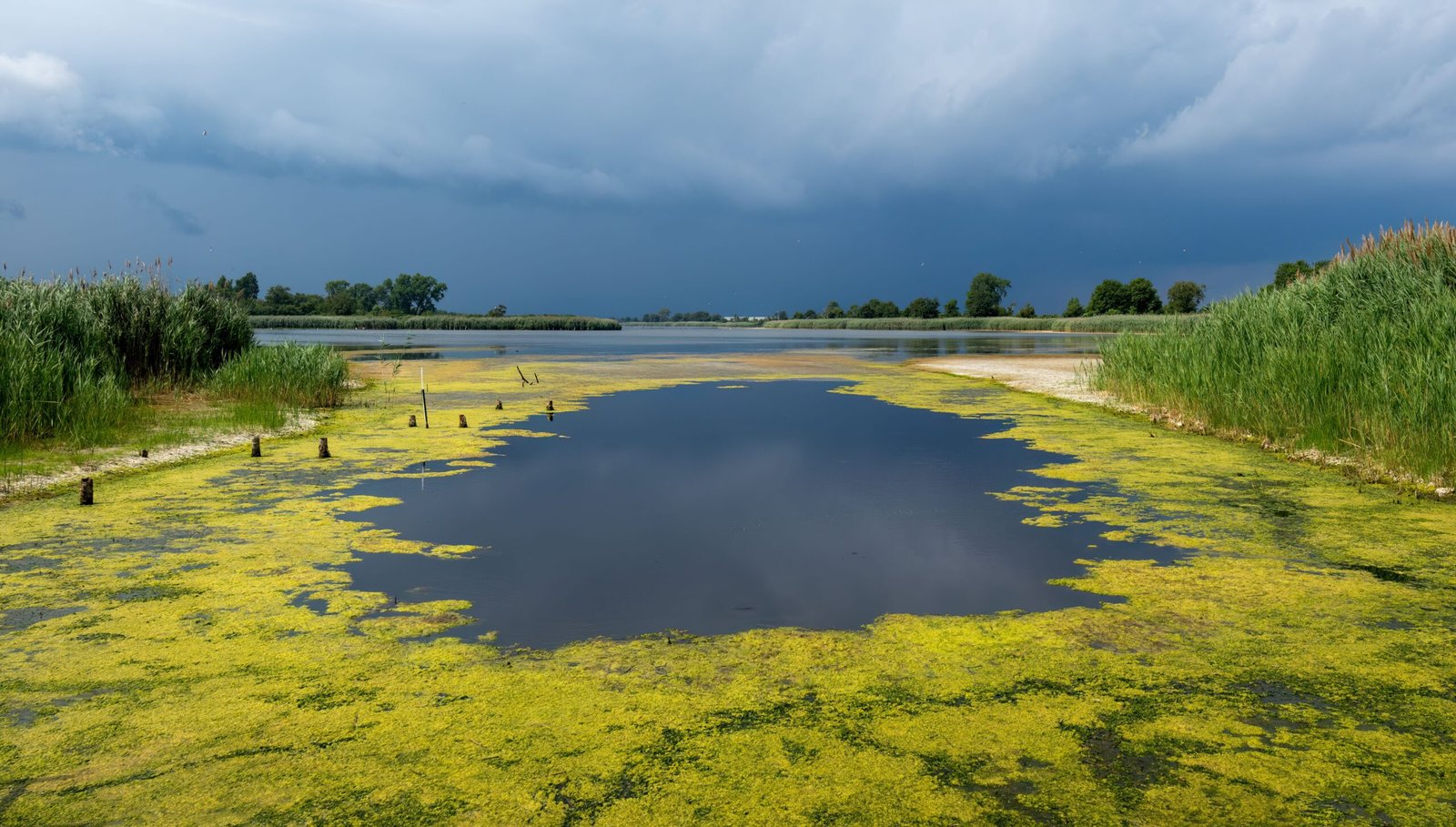
For many animals, a floating island is a sanctuary in the middle of open water. Birds, insects, amphibians, and even small mammals find refuge on these lush mats, safe from many ground-based predators. Nesting birds often use these islands as secret nurseries, their eggs shielded by thick grasses and shrubs. Frogs and turtles can bask in the sun or slip into the water for safety at a moment’s notice. Some floating islands even attract rare or threatened species, turning into unexpected conservation hotspots. The abundance of life on these islands demonstrates how quickly nature adapts to new opportunities, making each island a microcosm of thriving biodiversity.
Plants That Make It Possible

Not every plant can handle the stresses of life on a floating island. The most successful species are those that tolerate saturated soils and fluctuating water levels—think cattails, sedges, reeds, and mosses. These plants not only form the structure of the mat but also contribute to its ongoing growth. Their roots knit the island together, while their leaves catch rain and sunlight to fuel photosynthesis. Over time, fallen leaves and stems add new layers to the island, helping it grow thicker and more resilient. In the far north, hardy shrubs and even small trees can sometimes take root, giving the island an almost forested appearance.
Weathering the Elements
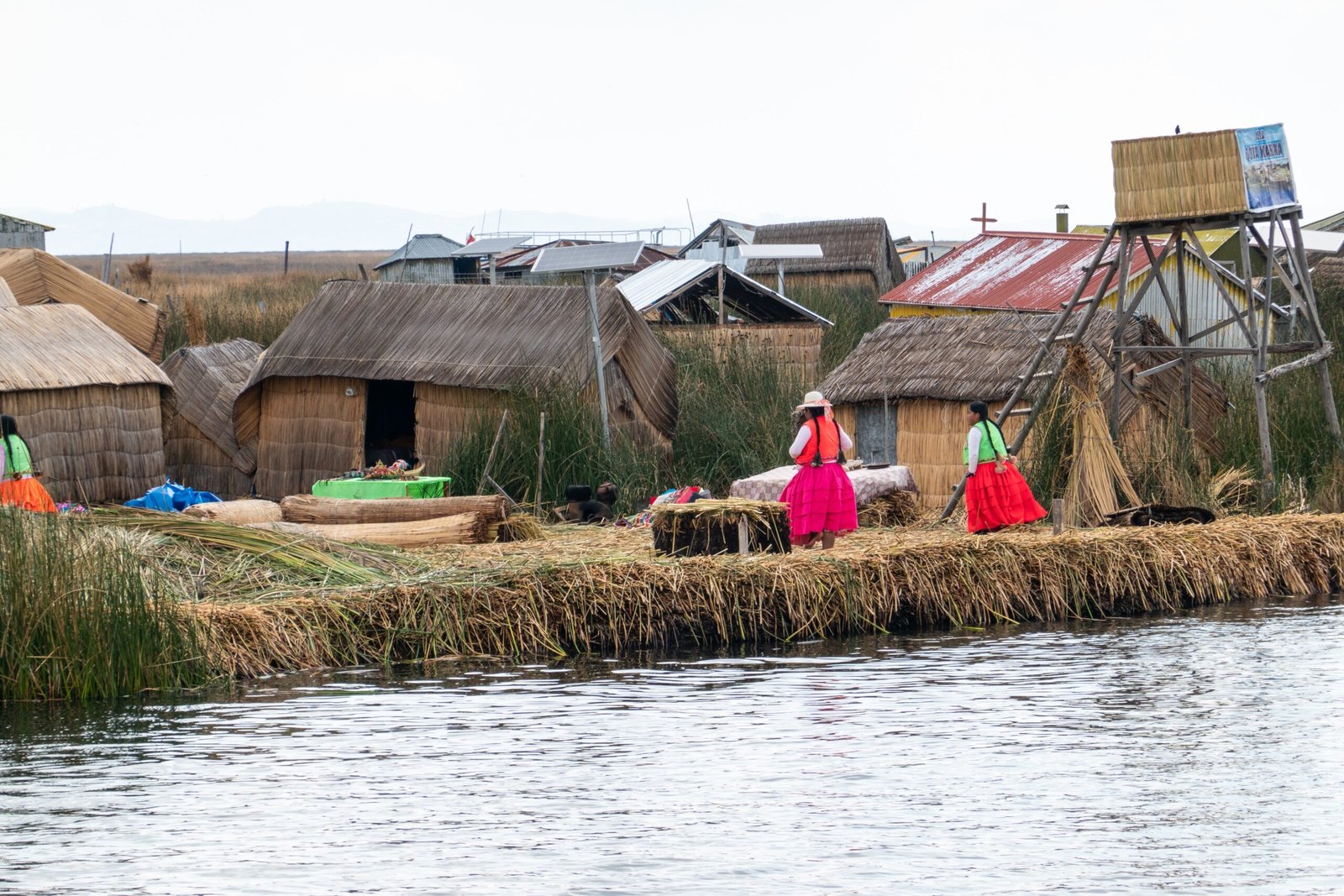
Floating islands face constant threats from wind, waves, ice, and storms. In northern lakes, winter can be especially dangerous; thick ice may freeze the island in place, stretching or tearing its root network. Spring thaws and heavy rains can dislodge weak sections of the mat, causing parts of the island to break away and drift off on their own. Yet, despite these hazards, many floating islands persist for decades or even centuries. Their secret is flexibility—the island bends and moves with the water, rather than breaking apart. This natural resilience turns these islands into survivors, able to weather almost anything nature throws their way.
Moving with the Wind
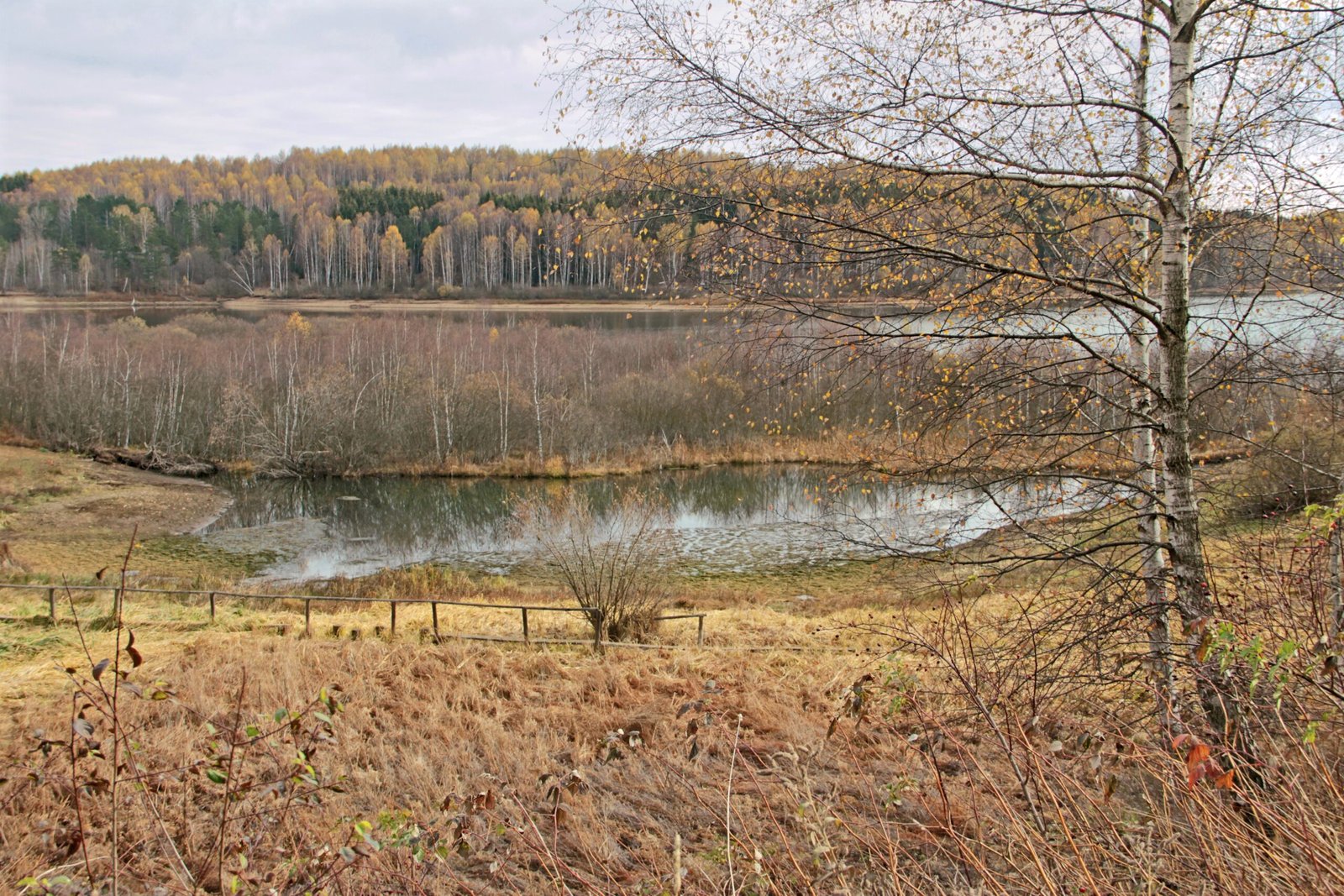
One of the most enchanting aspects of floating islands is their ability to travel. Wind is the main driver, pushing the island gently from one shore to another. In some cases, islands can migrate hundreds of meters in a single season. This movement is not just random wandering; sometimes, islands become entangled with submerged logs, other islands, or shoreline vegetation, creating new habitats as they move. Locals living near northern lakes often tell stories of waking up to find the “island” in a completely new spot, as if it had a will of its own. This slow-motion journey adds a sense of magic and mystery to these already extraordinary places.
Floating Islands in Northern Legends

The strange mobility of these islands has sparked countless legends among northern communities. Indigenous peoples and early settlers often saw floating islands as enchanted or even living beings. Some believed they were the homes of spirits, while others spun tales of islands that could lure travelers to their doom. These stories may sound fanciful, but they reflect the very real sense of awe and mystery that floating islands inspire. Even today, visitors to northern lakes are often startled to see trees and shrubs drifting by, seeming to defy the rules of nature.
Scientific Interest and Ongoing Research
Floating islands are not just the stuff of folklore; they’re also the focus of serious scientific study. Researchers are fascinated by how these islands form, move, and support complex ecosystems. By studying floating islands, scientists gain insights into wetland dynamics, plant adaptation, and natural engineering. They’re also interested in how these islands respond to environmental changes like rising temperatures, increased rainfall, or pollution. Floating islands may even hold clues about how wetlands can be restored or how new habitats could be created in areas where shoreline habitats have been lost.
Human Influence and Conservation
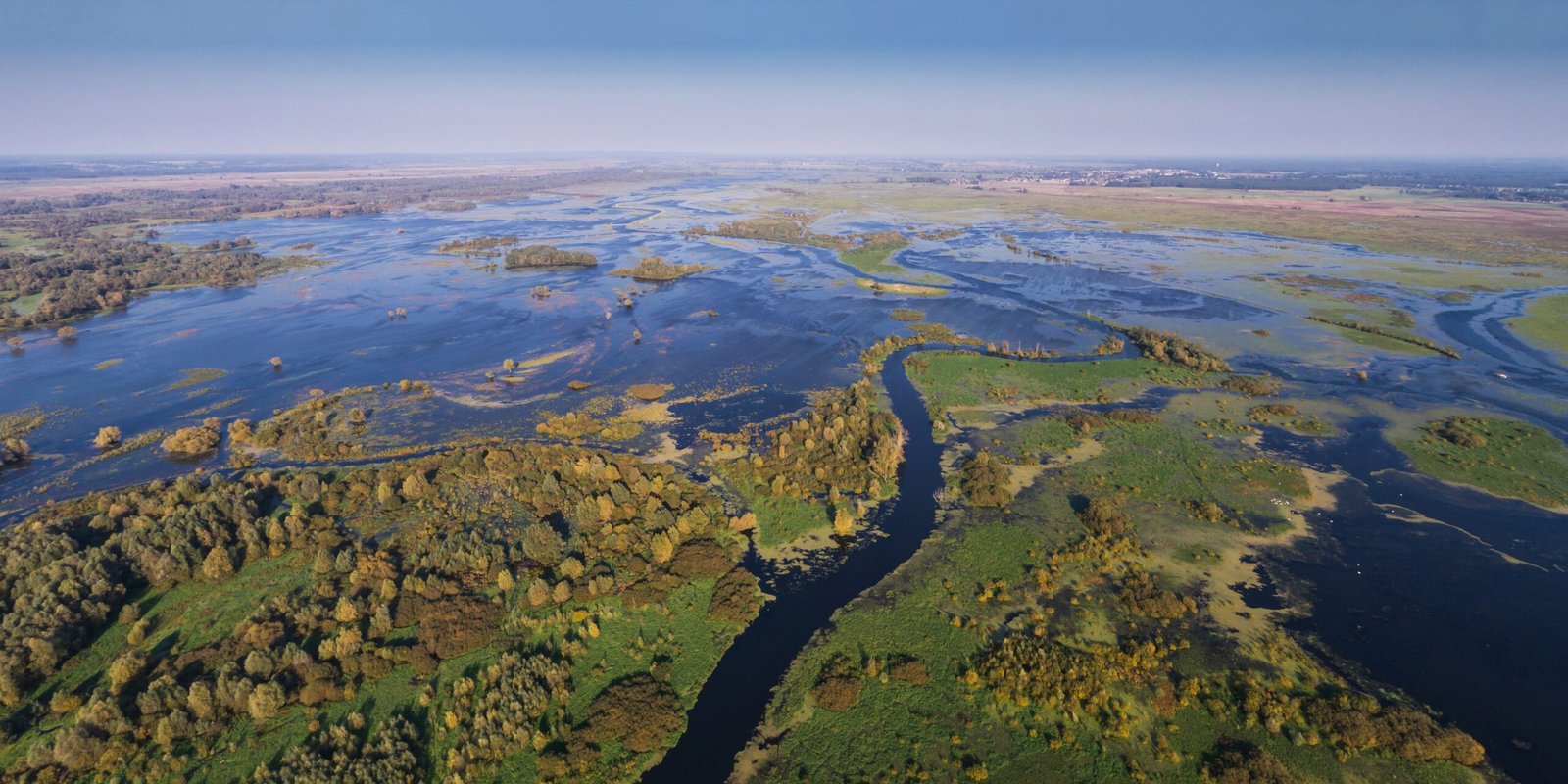
While floating islands are natural wonders, they’re not immune to human impact. Shoreline development, pollution, and invasive species can all threaten the delicate balance that keeps these islands alive. In some cases, boats and recreational activities can break up floating mats or damage their plant life. However, there are also stories of people working to protect or even create floating islands as part of wetland restoration projects. By understanding and valuing these unique ecosystems, communities can help ensure that floating islands remain a part of our natural heritage for generations to come.
The Ever-Changing Dance of Life on Water
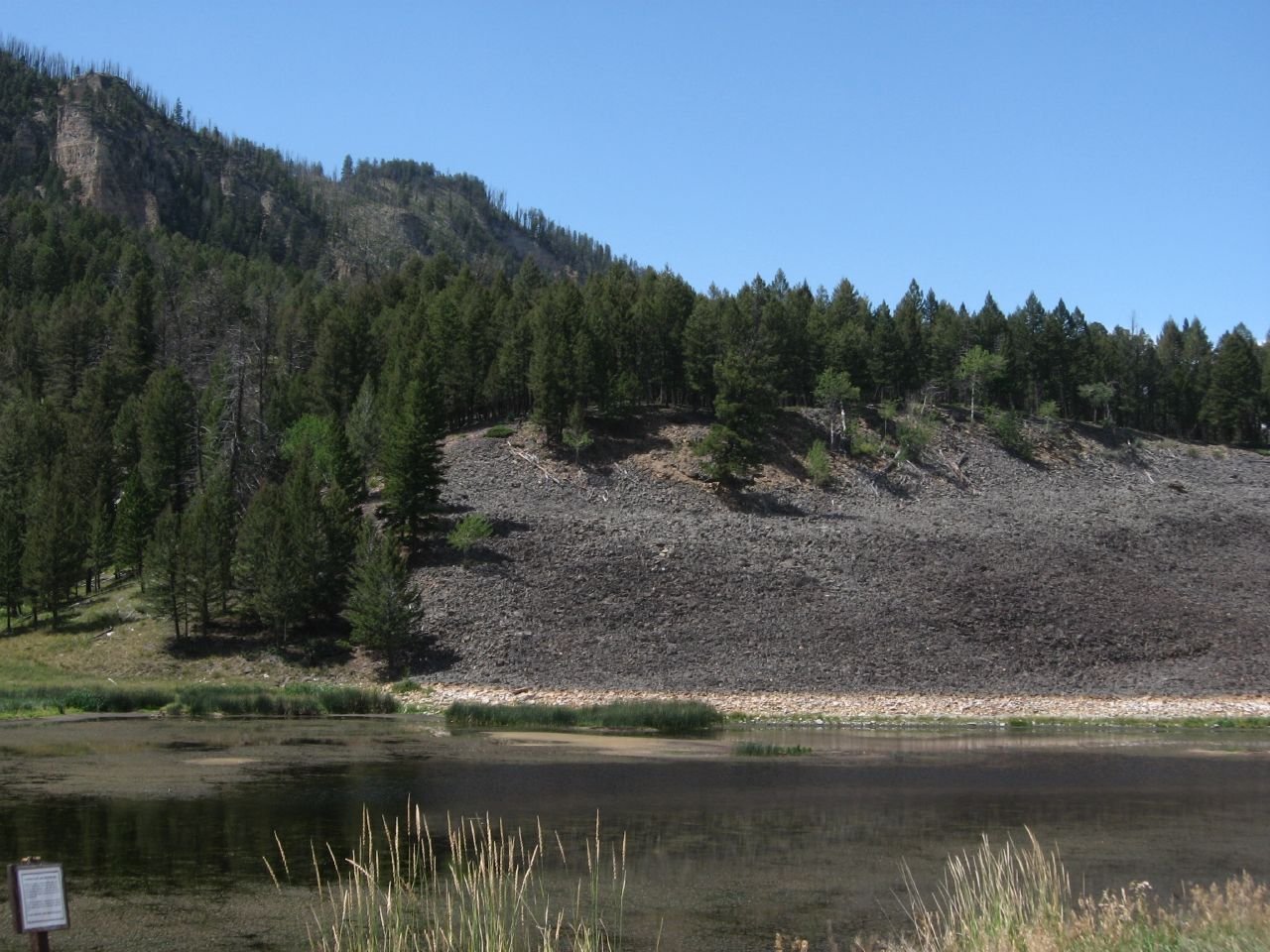
Floating islands are living proof that nature never stops inventing. Their ever-shifting presence, resilience in the face of adversity, and role as sanctuaries for countless species make them one of the most remarkable features of northern lakes. Watching a floating island drift by is a reminder that even the most solid-seeming things in our world are sometimes wonderfully, beautifully alive. What other secrets might nature be hiding just beneath the surface?



